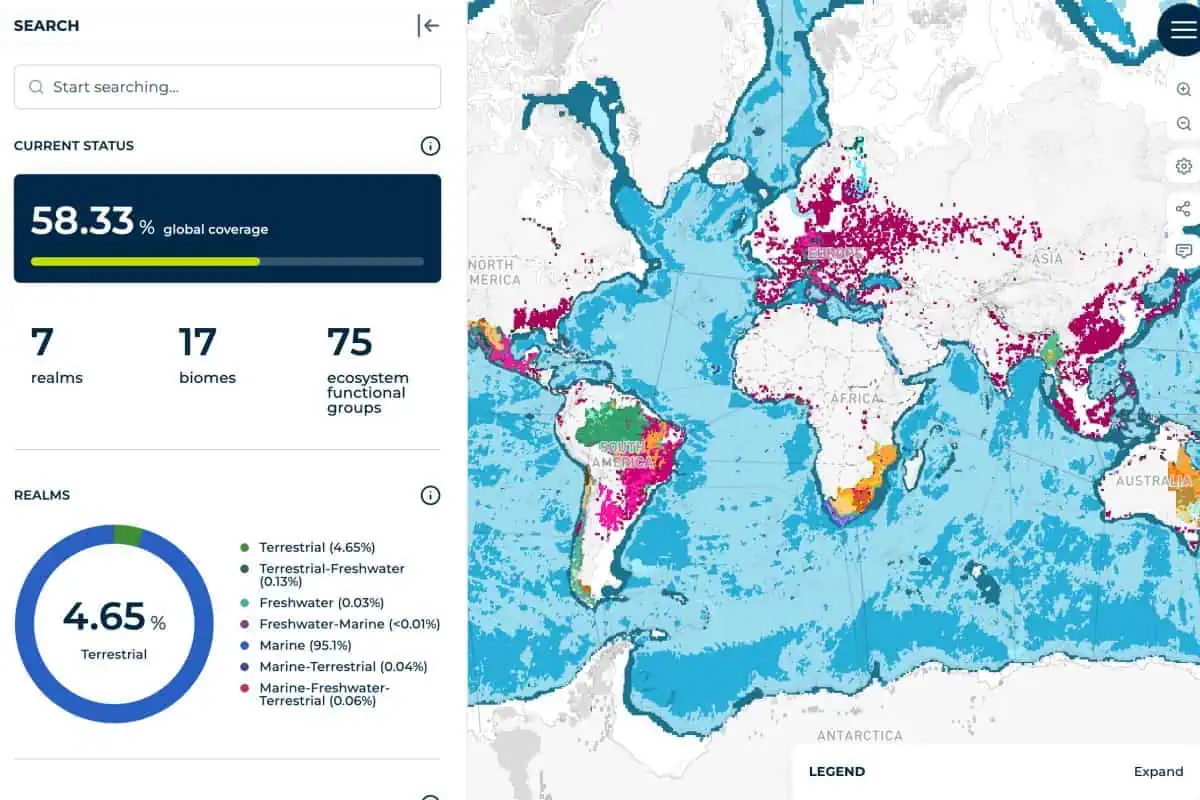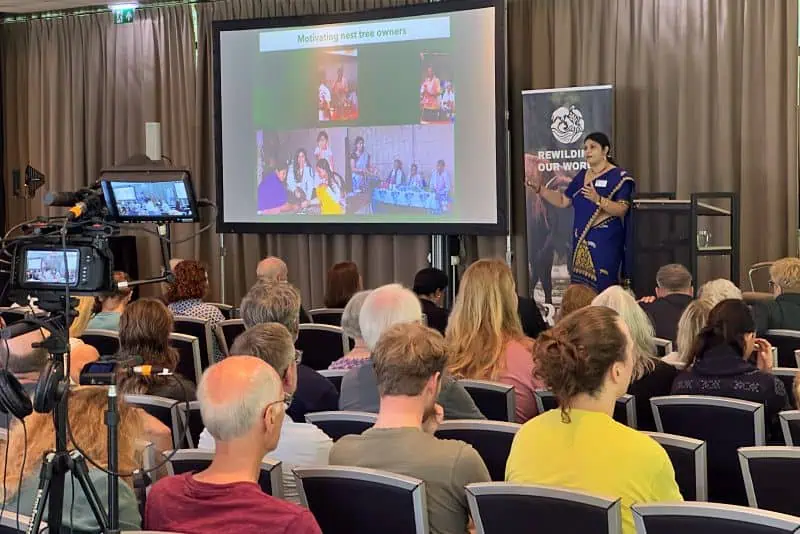Share:
The Global Ecosystems Atlas: A Crucial Tool for Ecosystem Restoration and Conservation

The Global Ecosystems Atlas, launched as a proof-of-concept at the 2024 United Nations Biodiversity Conference (COP16), marks a significant milestone in the global effort to restore and conserve ecosystems. Developed by the Group on Earth Observations (GEO), this pioneering resource provides a harmonised platform for mapping and monitoring ecosystems across terrestrial, freshwater, and marine environments, offering essential data for informed decision-making.
A Comprehensive Resource for Ecosystem Restoration
The Global Ecosystems Atlas plays a pivotal role in advancing ecosystem restoration efforts worldwide. It equips a diverse range of stakeholders, including policymakers, environmental organizations, local communities, and businesses, with reliable, real-time data about ecosystems’ spatial distribution and health. This critical information is essential for identifying areas in need of restoration, planning targeted interventions, and tracking the progress of restoration initiatives.
By mapping ecosystems with unprecedented detail and precision, the Atlas helps stakeholders prioritise conservation efforts and ensure that restoration projects are implemented in the most effective and ecologically appropriate locations. It is a powerful tool for identifying degraded ecosystems, such as mangroves, wetlands, and forests, and provides the necessary data to guide efforts to revive these crucial habitats.
Supporting Global Conservation Efforts
At the core of the Global Ecosystems Atlas is its potential to support and accelerate global biodiversity conservation goals. With ecosystems around the world increasingly under threat from human activities, climate change, and habitat loss, the need for comprehensive and coordinated conservation strategies has never been more urgent.
The Atlas supports the integration of ecosystem data into environmental policy and economic planning, promoting a shift toward more sustainable land-use practices. It helps governments and private institutions align their policies with the United Nations’ Sustainable Development Goals (SDGs) and other international frameworks, such as the Kunming-Montreal Global Biodiversity Framework (GBF). By providing an accessible, up-to-date repository of ecosystem data, the Atlas facilitates informed decision-making, helping to ensure that biodiversity conservation is at the forefront of global efforts to tackle environmental challenges.
Enhancing Ecosystem Accounting and Restoration Targets
One of the Atlas’s standout features is its alignment with the United Nations System of Environmental-Economic Accounting (SEEA) Ecosystem Accounting framework. This framework allows countries and organizations to account for the value of ecosystems, not just in terms of biodiversity, but also in relation to their contributions to the economy, human well-being, and climate regulation.
The integration of ecosystem accounting into national decision-making processes is a critical step in shifting towards a more sustainable and equitable global economy. By accounting for natural capital and incorporating ecosystem services into national accounting systems, countries can ensure that ecosystem restoration and conservation are prioritized alongside economic development. The Global Ecosystems Atlas plays a crucial role in this process by providing the data necessary for accurate and reliable ecosystem accounts, making it easier to measure progress toward restoration targets and align actions with global sustainability goals.
A Collaborative Effort for Ecosystem Protection
The development of the Global Ecosystems Atlas underscores the power of international collaboration in tackling the world’s most pressing environmental challenges. Yana Gevorgyan, Director of the GEO Secretariat, highlighted the importance of working together to create a unified and comprehensive resource. “The launch of the Global Ecosystems Atlas proof-of-concept is a testament to perseverance and collaboration, showing that when we come together with intention and purpose, we can overcome obstacles and work towards transformative change,” said Gevorgyan.
The Atlas is a product of global collaboration among governments, environmental organizations, research institutions, and the private sector, with the collective goal of safeguarding ecosystems and promoting long-term ecological health. Its success depends on the continued collaboration of these stakeholders to ensure that data remains accurate, up-to-date, and widely accessible.
Empowering Local Communities and Indigenous Knowledge
While the Global Ecosystems Atlas is primarily designed to support policymakers and large organizations, it also has the potential to empower local and indigenous communities in ecosystem restoration efforts. These communities often have deep, place-based knowledge of the ecosystems in which they live, and the Atlas provides them with the tools to integrate scientific data with traditional knowledge.
By offering detailed data on the health and distribution of local ecosystems, the Atlas helps communities make informed decisions about land use, conservation strategies, and restoration practices. This approach enhances community engagement and ownership of restoration projects, ensuring that local knowledge and priorities are integrated into broader conservation efforts.
The Atlas is a valuable resource for ecosystem restoration projects led by indigenous groups, women, and local communities. By providing real-time data on ecosystems, it allows for more effective management of land and natural resources, supporting the development of sustainable livelihoods and the restoration of degraded ecosystems.
Real-Time Data for Adaptive Management
The integration of Earth observation technologies, artificial intelligence, and other advanced tools makes the Global Ecosystems Atlas a dynamic platform that can adapt to changing conditions. The ability to continually update the Atlas ensures that it remains an accurate, real-time resource that reflects the current state of ecosystems around the world.
This dynamic capability is essential for adaptive management in ecosystem restoration. As restoration efforts progress, the Atlas allows for the monitoring of ecosystem health, enabling stakeholders to adjust their strategies in response to emerging challenges. Whether it’s tracking changes in biodiversity, the success of reforestation campaigns, or the restoration of wetland ecosystems, the Atlas provides the data needed to guide restoration efforts toward success.
Addressing the Urgency of Ecosystem Restoration
The Global Ecosystems Atlas is a game-changing tool in the fight to restore and conserve ecosystems. With a comprehensive, harmonised, and accessible platform, it is poised to support a wide range of stakeholders in their efforts to protect biodiversity, restore degraded ecosystems, and integrate nature-based solutions into economic planning. As the world faces an unprecedented environmental crisis, the Atlas offers hope, providing the data and tools needed to inform restoration efforts and guide global conservation initiatives toward transformative change.
For the Rewilding Academy and other organisations dedicated to ecosystem restoration, the Global Ecosystems Atlas offers an invaluable resource in the quest to heal the planet’s ecosystems and create a more sustainable future for all.






